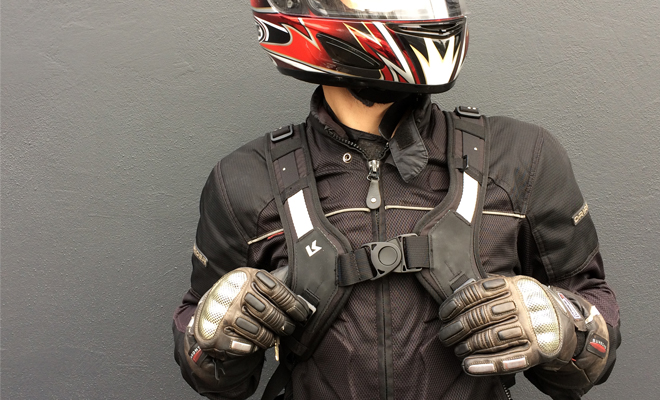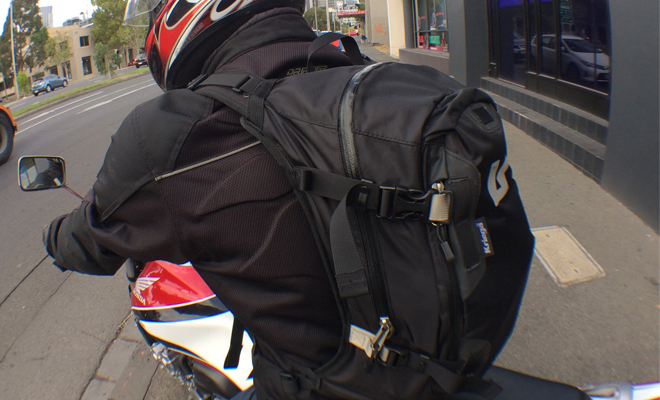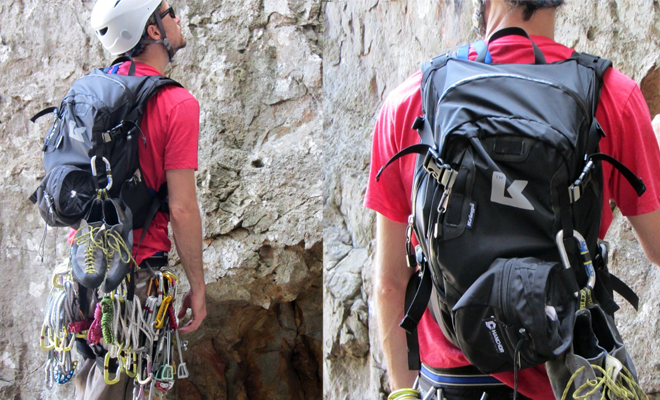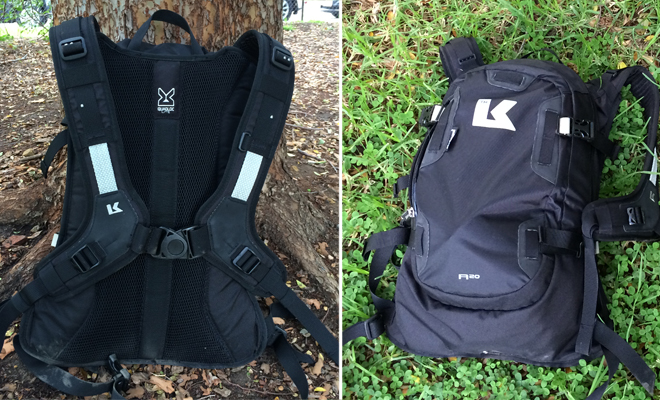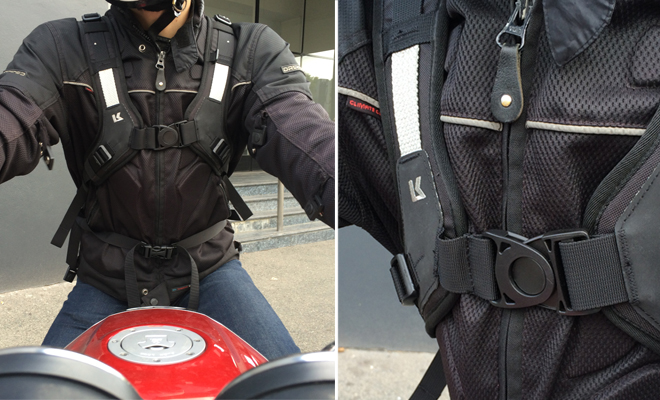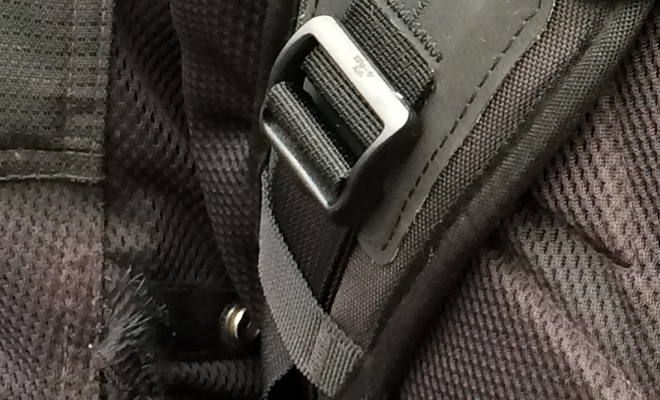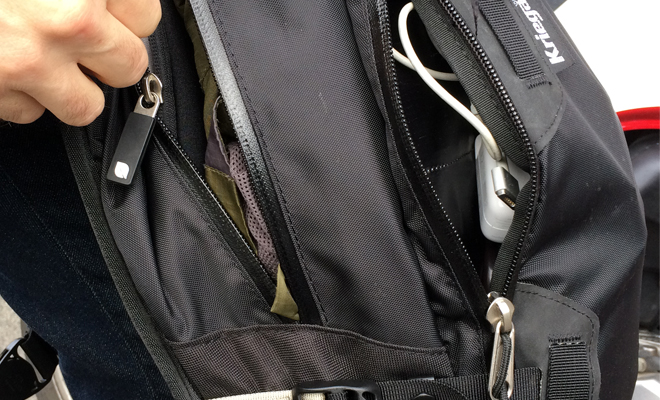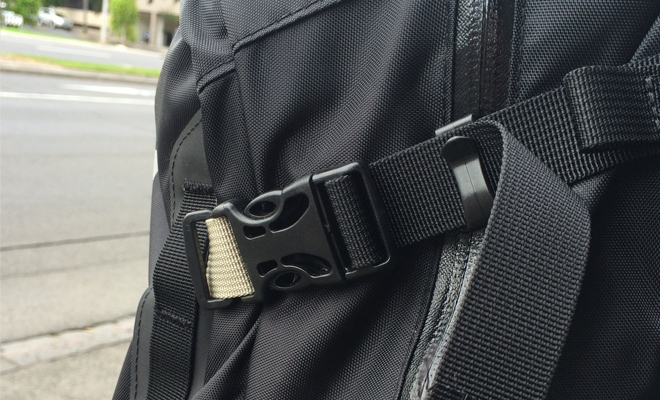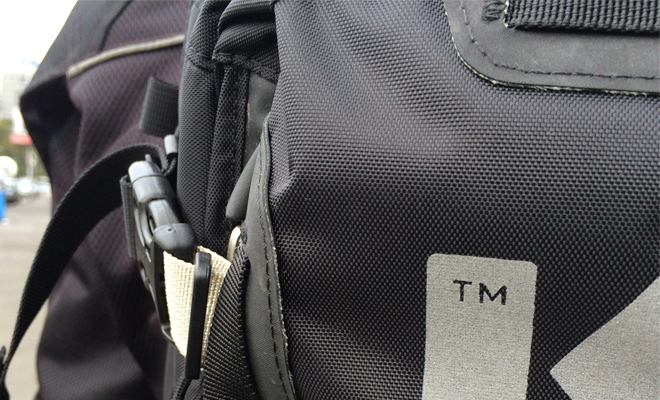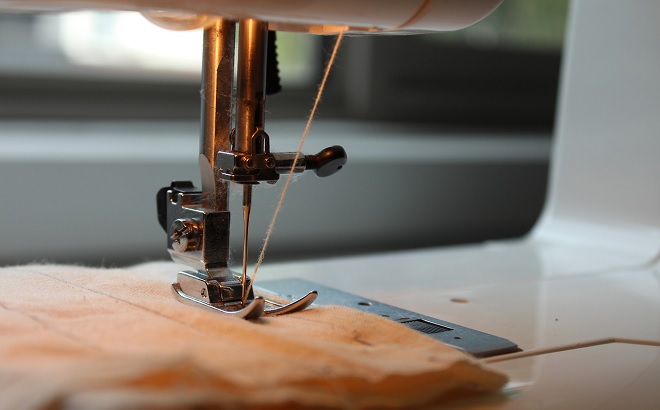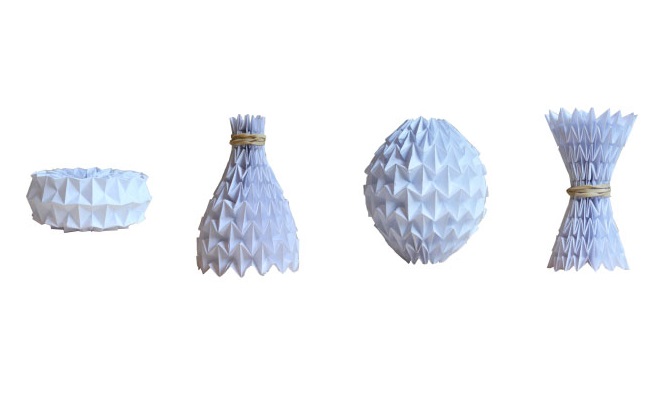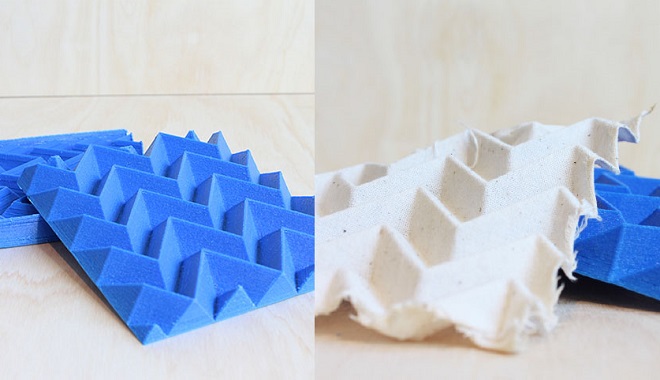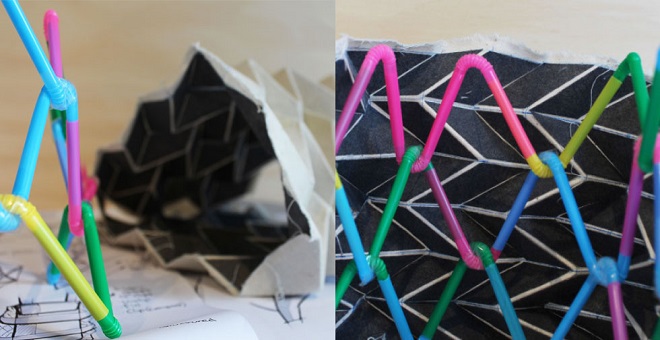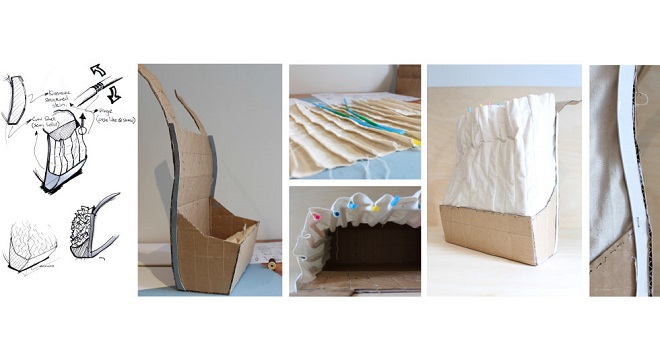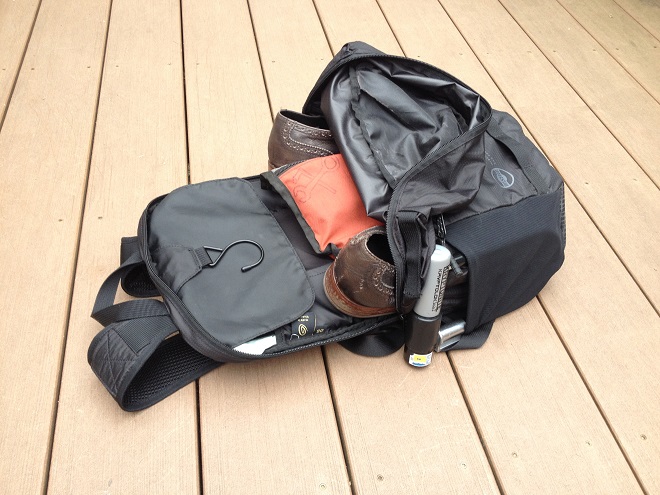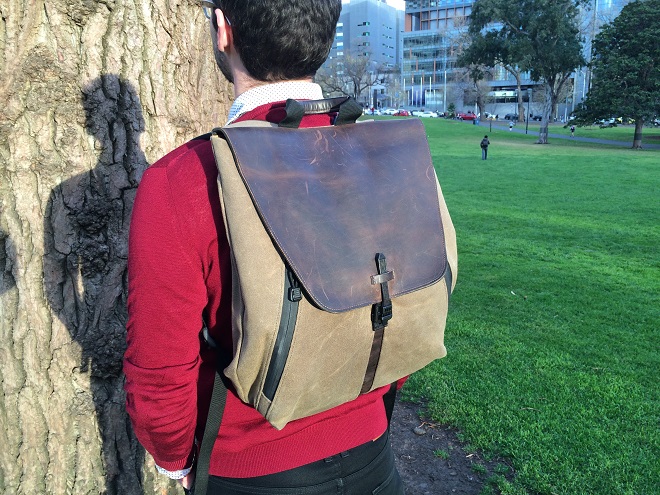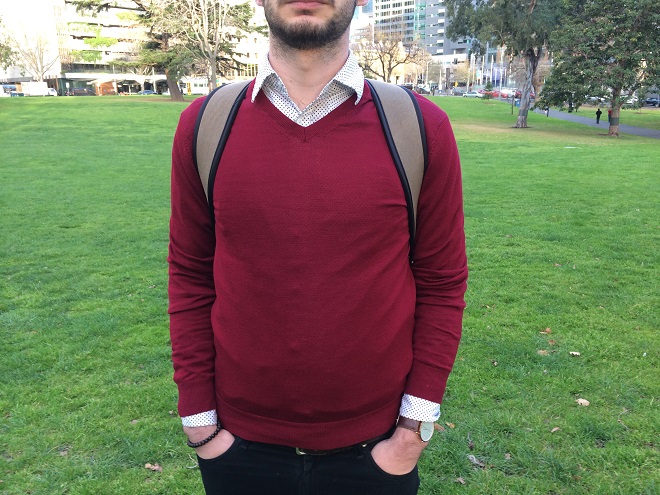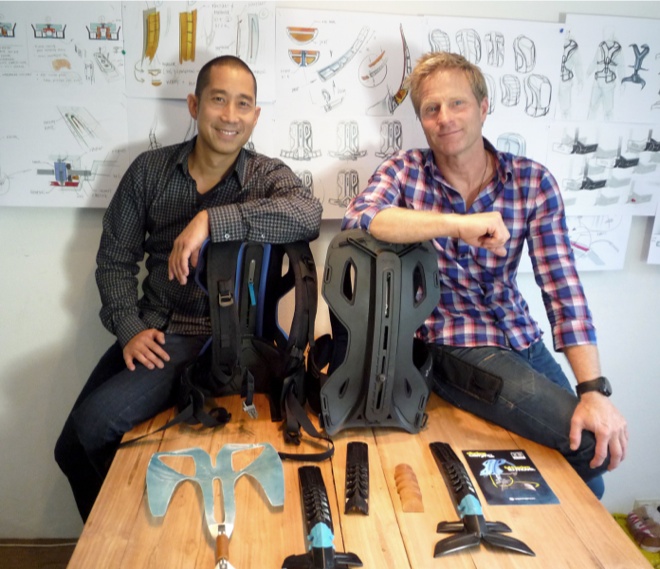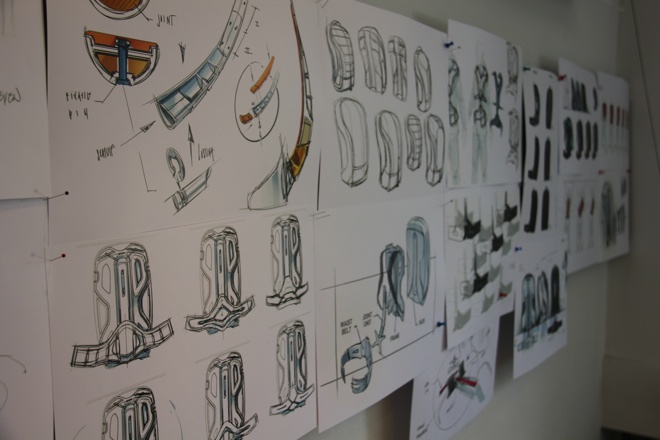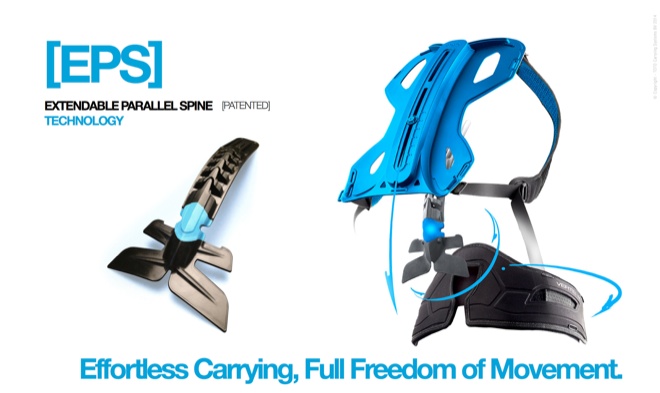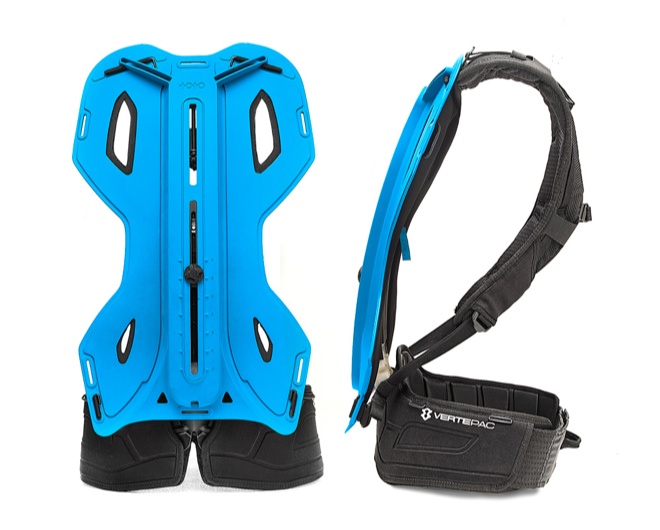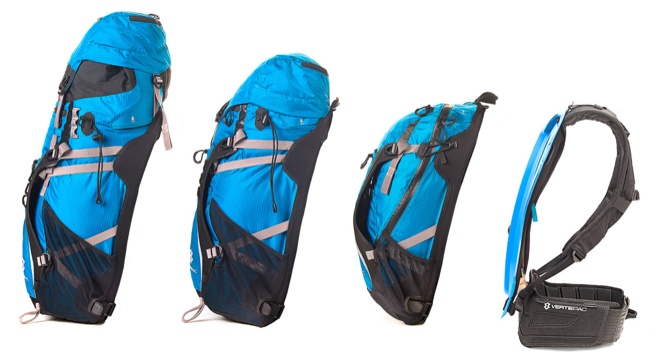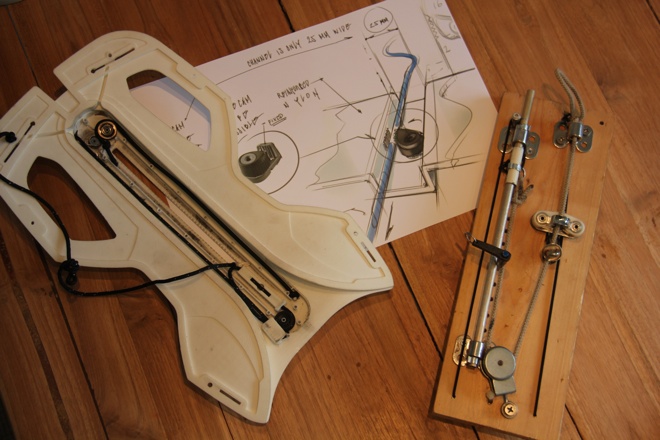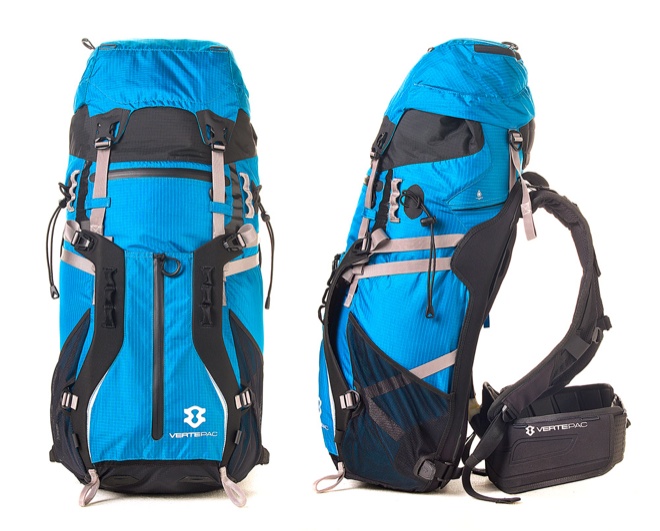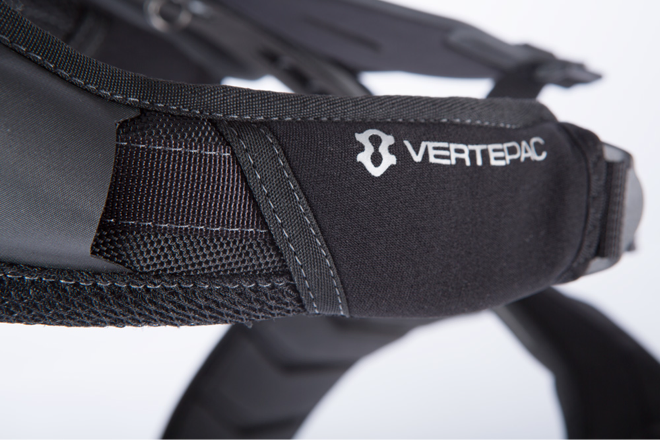Core77 have been providing awesome insight into the world of lightweight and ultralight backpacking in their ‘Unpacking Ultralight’ series. In the last interview of the series Michael Meyer from Granite Gear shared his thoughts and insights on this increasing trend within the backpacking community and industry. Kat Bauman’s article “Unpacking ‘Ultralight’ with Michael Meyer of Granite Gear” can be read in full below…
-
Granite Gear is an outdoor gear company started by outdooring obsessives back in 1986. Like many successful names in the outdoor game, their focus has been balanced between innovation and pragmatism. As co-founder Dan Cruikshank puts it, “If someone else is already doing a great job with a certain product, we say good for them, but if we can take it to the next level and improve, we will.” As a result, Granite Gear is well known for making sturdy and attractive ultralight packs, (and plenty of other accessories) with a sharp focus on adaptability for personalized fit. I spoke with Michael Meyer, Granite Gear’s Director of Design and Development, to dig into how they make their ultralight gear work right.
Core77: Tell me about your design background.
Michael Meyer: My first real job was designing backpacks and luggage for High Sierra, where I worked for four and a half years and learned a lot about backpacks and luggage. From there I went on to Under Armour where I was the senior product designer for bags – duffel bags, sport bags. They were bringing it in-house after licensing it, so we built the program from the ground up and led it into what it is today. I was there a hair over three years. From there, I came to Granite Gear, where I have been as the director of design and development the last year. Granite Gear has always been a tried-and-true hardcore outdoor company, and we’re looking to grow and move into new product categories. We’re already deep into the outdoor hiking and climbing packs, and the company wanted to get more into the day-to-day backpack, campus bag, the back-to-school market, as well as adventure travel gear, which is essentially luggage.
What’s your outdooring background like?
The outdoor industry is a great fit for me. I always loved to spend as much time as possible outdoors. I got into cross country running, I’d do day hikes and trips, kinda weekend warrior hiking trips. And did cross country all the way through highschool and college, so I’d spent a lot of time outdoors, which is what sparked me to start designing gear for the outdoors. It’s what pushed me into my first real job at High Sierra.
Describe the Granite Gear design team.
A couple new faces and a couple of old faces: Dan is one of the founders of the company – which is 28 years old now – and he’s not a classically trained designer; he’s experience-based, and self-taught. Dan is involved in the design process as much as possible, as well as skilled design engineers Scott Anderson and Wade Niemi. The three of them have been the leads on the ultralight side of pack design for the last eight years. Our current design team consists of myself, Dan, Scott, Wade, Associate Product Designer Ben Landry, and a design intern, David. That’s us in a nutshell right now. In the near future we’re hoping to hire our intern as an associate product designer, and hire another senior level graphic designer, and we’re always going to do the intern program every summer.
Walk me through your design process.
We’ve been very fortunate to work with a number of athletes who we sponsor. A key guy is Justin Lichter, whose trail name is Trauma. He’s authored a number of books on it, the latest is The Ultralight Survival Kit. He’s a younger guy and he’s worked with us from soup to nuts, with what to do to make things lighter.
As with all our gear, they’re very, very, very function driven, even more so with ultralight packs. These guys will go out on day hikes, week hikes, sometimes even longer, and they really like to tailor their packs to do what they need them to do. So we wouldn’t design a pack and say “Trauma, here’s our ultralight pack and it has a maple core frame sheet” – we do have a pack with an actual maple-ply frame sheet, which is super innovative. It’s lightweight but it’s not ultralight. These guys are going out there with effectively no frame, or very little stability in their back. If something’s going to be ultralight, we’ll use the lightest fabrics, whether it be silicone, nylon, or cuben fiber. Cuben fiber is non-woven dyneema that’s layered into what could be called a textile. It’s super light and strong.
We always use the smallest possible width of webbing, the actual difference in the webbing doesn’t make much difference in weight savings between 5mm and 10mm, but what it does do is when you use 5mm webbing you can use 5mm hardware. All the buckles or ladder locks – that’s where the weight begins to accumulate. If you can use 5mm hardware instead of 10, you’re going to save an ounce across the bag since you’ll have six buckles and eight ladder locks. Every little area helps to add up to the whole project.
You mentioned that use really dictates the design – these guys have very specific uses they’ll be putting them to or trails that they’ll be on. Do you start with an end use in mind and work backwards? How do you arrive at that idea?
Absolutely. Some of the guys that are ultralight are usually through hikers. They’ll hike over a mountain and through a canyon in typically what are mediocre temperatures. They’re not like full explorers, they’re basically wearing a t-shirt, shorts, a ball cap and their pack. They’re going to want a very lightweight thin sleeping bag, probably not a pillow, probably not a sleeping pad. So they don’t need all the compartmentalization, they don’t need the attachment straps that our other multi-day packs have. We can cut out a lot of features because that through hiker isn’t going to even use them. If you see an ultralight bag with certain features on it, and you show that to one of our designers or an actual hiker they’ll say “That bag is bogus” because you would never need that feature. Whether it be a day-long, week-, two week-long trip.
So where are new designs coming from, inspiration-wise? From the athletes?
All designs come from in-house. Aesthetics, design, everything comes out of our design center, heavily reliant on the end user. We bring in Trauma, fly him out, he’ll come in and say “This is great but you don’t need this seam to be reinforced because it just adds weight. You don’t need this strap, this hold-down, this buckle.” When we get it closer to being an end product, we’ll make a few samples and send them out to a few of our athletes and have them test it for a week or two. Get their feedback in, make the proper revisions. We usually go through four, five, six rounds of sampling before we get it perfected.
How do you define Ultralight?
Function, function, function. Everything has to have a purpose. When I was at Under Armour, and even to some extent at High Sierra, we would add design details that were strictly for aesthetics. At UA we could take a great graphic and throw it on a bag – like the graphic t-shirt of backpacks. You’re adding weight, you’re adding cost, for something that’s really only providing a look. That’s all great and well, but at GG, everything we add has a function. We’ll add our logo, but beyond that if we’re adding a silk screen, if we’re adding a stitch, the root of that additive has to have a function. So if we’re adding a silk screen it’ll be a structural print, it’ll actually provide some strength to the fabric in key areas where strength is an issue. When we go into ultralight we’ll build a base pack and then we’ll start detracting from it to get the weight down and we’ll only stop when strength comes into play.
But function, function, function – I can’t stress that enough. Rather than go out there and say “We’ve got the lightest bag on the market!” which would be great, we don’t necessarily need to be known as that. We want to offer a number of ultralightweight packs that are known to function very well, with the weight as low as humanly possible. But the bags have to perform because at times people’s lives are at risk. If something breaks or blows out…it’s more important to have a well-functioning bag.
A lot of times when we get samples back for feedback, we’ll get all this feedback but we’ll look at the bag and see they made some changes and some of it’s in the feedback and some of it’s not. So we’ll call them up and ask “Danielle, why is this strap missing?” and she’ll go “Oh, I forgot! I cut that strap off because I didn’t need it.” “What kind of hike were you on, what were you going through when you realized that? Would other people agree?” and we’ll tweak the bag to fit the specific use of the end user.
Is it harder or easier dealing with such a function-driven product?
I want to say it’s harder, but when it comes down to it, it’s more straightforward.
I’d almost say it’s equal if not slightly easier. You’re almost being told exactly what to do. We’re given such great direction that we leave little room for error.
In such a stripped down product how do you address ergonomics?
Ergonomics play a major role as well. Granite Gear is essentially a back panel company! We stress in weight and load dispersement. Nine out of ten of our hiking packs have loadlifters and waist belts – 70% of your load should be carried on your hips and waist, 30% on your shoulders. But a lot of times that gets reversed. If you’ve got a good padded hip belt, secured tightly, that should be true. It gives you a better center of gravity for hiking and it takes that load off your shoulders, which, for a pack that’s more than 40 pounds, you’ll feel it. You have to have a good suspension system as far as padded shoulder straps, lifters, sternum strap, waist belt.
If sometimes there is no back panel, are there other suspension systems that work well for ultralight?
The first product that comes to mind is the Virga. The back panel is very minimal, it has a compression-molded EVA foam back panel. With that being compression molded, it provides minimal structure and padding but just enough that an ultralight backpacker can justify the weight of it. Very low structure, very little padding, but just enough. That system obviously has shoulder straps, a lightweight waist belt and other things of that nature.
How does your field testing work?
We usually send packs to our top four athletes. I keep mentioning Justin because he’s our ultralight guy, but we have other athletes: John Houston, who’s an arctic explorer; Eric Larsson also an arctic explorer; and another mountaineering guy. We typically send all of the new packs out to these guys for testing, but Justin specifically for ultralight. We’ll fly him into the office for a few days to show him what we’ve got and pick his brain. We also test ourselves – we go on day hikes and weekend trips to get initial feedback, but we really rely on athletes.
Granite Gear bags are fairly distinctive. At what point does aesthetics enter the design process?
It’s hard to separate, for me. But it’s definitely form follows function. Bring it in early on, work around function, and make it look as cool as possible but at the end of the day function always has the right of way.
How would you describe GG’s design philosophy?
We’re heavy on function, but always pushing towards the next big thing. We always experiment with new materials and try to push the limits. We’re distinctive, edgy in our design. Pushing our suppliers to meet our demands – you don’t make a 5mm buckle? Maybe you should. We want you to be able to take the logo off and still be able to see that it’s Granite Gear.
What other technical gear companies do you admire?
Growing up in the outdoor world, I’ve always admired Osprey and Black Diamond. Those hardcore technical companies that don’t really make sacrifices. They know their core consumer and that’s who they’re trying to satisfy. Gregory as well.
Why is ultralight compelling?
It’s nothing more than you need to survive. It’s the bare essentials to get you from point A to point B, all things considered. A lot of these hikers plan their food rations, if they’ll be out for a week they’ll plan exactly enough for one week, and they’re going to build upon that – what else is essential? If they have to carry an extra pound for this sleeping pad, that’s going to burn an extra amount of calories which means I’ll have to carry more food, so for this pound I’ll have to carry another 1.1 pounds of food. It all starts to snowball. To be the most efficient because I want to be able to hike comfortably and enjoy the journey.
The post Core77 Ultralight series :: Part 4 appeared first on Carryology - Exploring better ways to carry.


